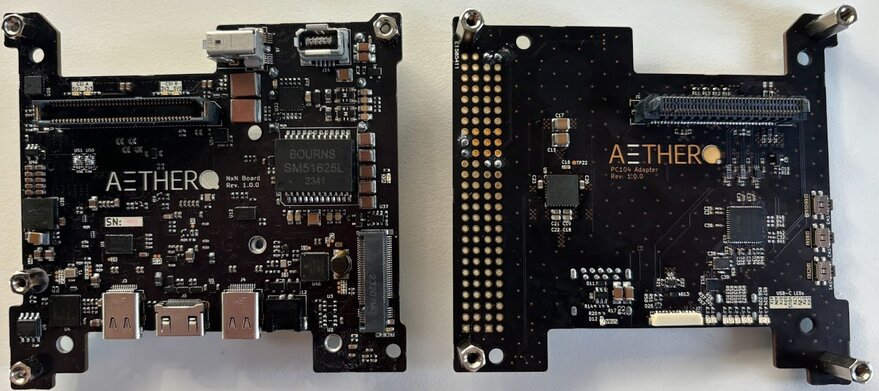MILAN — Refurbishment of ground systems like a mobile launch platform could become another factor in the schedule for the Artemis 2 mission that NASA says is still planned for launch next September.
A report by the Government Accountability Office Oct. 17 found that work on the Exploration Ground Systems (EGS) program, which includes the mobile launcher and other ground systems needed to support launches of the Space Launch System and Orion spacecraft, could delay the Artemis 2 launch.
“While EGS elements are close to completion, the program has no schedule margin for these remaining activities,” the GAO report stated. While issues with Orion led NASA in January to delay the Artemis 2 launch by nearly a year, to September 2025, that slip provided only three months of schedule margin to EGS. That schedule margin was consumed by June, the report stated, because of issues with testing the mobile launcher at Launch Complex 39B.
“Given the lack of margin, if further issues arise during testing or integration, there will likely be delays to the September 2025 Artemis II launch date,” the GAO concluded.
NASA has been working on both upgrades and repairs to ground systems after the Artemis 1 launch in November 2022. That launch caused more damage to the mobile launcher than expected, requiring repairs as well as the addition of protective barriers to limit damage on future launches. NASA also installed an emergency egress system at the pad while upgrading software and environmental control systems.
The report did not state if work on EGS was on the critical path for Artemis 2. NASA has not provided any recent updates on issues like heat shield erosion seen the Orion spacecraft flown on Artemis 1 to determine if any hardware or operational changes are needed to prevent the issue from reoccurring on Artemis 2.
There is widespread industry skepticism that Artemis 2 will launch as planned next September, but agency leaders continue to state that the mission is on schedule. NASA Administrator Bill Nelson reiterated the September 2025 launch date for Artemis 2 during a talk at the International Astronautical Congress (IAC) here Oct. 14.
“Artemis is doing very well,” he said at a press conference Oct. 15 at IAC. “We are on the schedule to go back to the moon.”
The GAO report warned that any delays in the Artemis 2 launch would correspondingly delay Artemis 3, with the potential for additional delays if the mobile launcher suffered damage on the Artemis 2 launch. There are, though, no major changes to EGS systems planned for Artemis 3.
The report also examined the status of Mobile Launcher 2 (ML-2), the launch platform being built for the SLS Block 1B that will be introduced on the Artemis 4 mission scheduled for launch in September 2028. ML-2 has suffered extensive cost and schedule overruns by prime contractor Bechtel, with the potential for more, a report by NASA’s inspector general warned in August.
The GAO recommended that NASA perform a formal schedule risk analysis to identify issues that could lead to future delays. “With approximately 4 years until Artemis IV and a significant amount of work ahead for Bechtel and EGS, regularly assessing EGS and ML2 schedule risks—including those following Bechtel’s delivery—is critical to understanding if EGS and the ML2 will be ready for the planned Artemis IV launch date,” it concluded.
NASA, in a response included in the report, only partially concurred with that recommendation, saying it did not plan to carry out that specific analysis. The agency said that it will instead use “multiple risk and schedule analysis instruments” to track progress on ML-2. “NASA believes these efforts meet the intent of the GAO recommendation to perform regular schedule analysis.”



